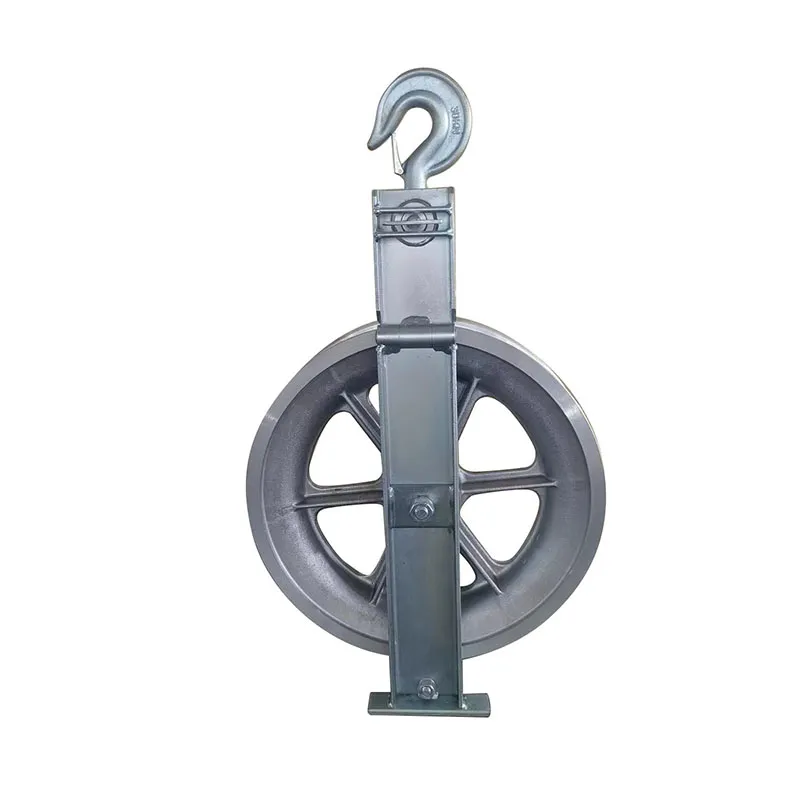Understanding Stringing Blocks: Essential Tools for Power Line Installation
2024-08-15
When it comes to power line installation, the process requires precision, safety, and the right tools. One of the most crucial tools in this process is the stringing block. But what exactly is a stringing block, and why is it so essential in the installation of power lines? Let's dive into the details.
What Are Stringing Blocks?
Stringing blocks, also known as cable pulleys or sheaves, are specialized tools used to guide and support conductors (wires or cables) during the installation of power lines. These blocks are mounted on poles or towers and allow the conductor to be pulled smoothly into place, minimizing friction and preventing damage to the cable.
Key Components of a Stringing Block
- Sheave: The sheave is the wheel or roller in the block that the conductor passes over. It’s usually made of materials like nylon, aluminum, or galvanized steel, depending on the specific application.
- Frame: The frame holds the sheave and attaches to the pole or tower. It’s designed to withstand the tension and weight of the conductor as it’s being pulled.
- Swivel Hook: The swivel hook or eye allows for easy attachment and rotation of the block, ensuring the cable can move freely without twisting or tangling.

Types of Stringing Blocks
Stringing blocks come in various designs, each suited to different aspects of power line installation:
- Single Sheave Blocks: These are the most common and are used for pulling a single conductor or cable.
- Double Sheave Blocks: Used when pulling multiple conductors simultaneously, such as in the installation of bundled conductors.
- Tri-Sheave Blocks: These are used for pulling three-phase conductors simultaneously, making them ideal for high-voltage transmission lines.
- Snatch Blocks: These have a side-opening feature, allowing the conductor to be inserted without threading it through the sheave, making the process quicker and easier.
Why Are Stringing Blocks Important?
- Safety: Stringing blocks ensure that the conductors are installed safely, reducing the risk of injury or damage to the cables.
- Efficiency: By minimizing friction and guiding the conductor smoothly, stringing blocks make the installation process faster and more efficient.
- Cable Protection: The use of stringing blocks helps protect the conductor from wear and tear during installation, extending the lifespan of the power line.
Conclusion
Stringing blocks are an indispensable tool in the installation of power lines, ensuring that the process is conducted safely, efficiently, and without damage to the conductors. Understanding the different types of stringing blocks and their specific uses can help you choose the right tool for the job, leading to a successful power line installation.


